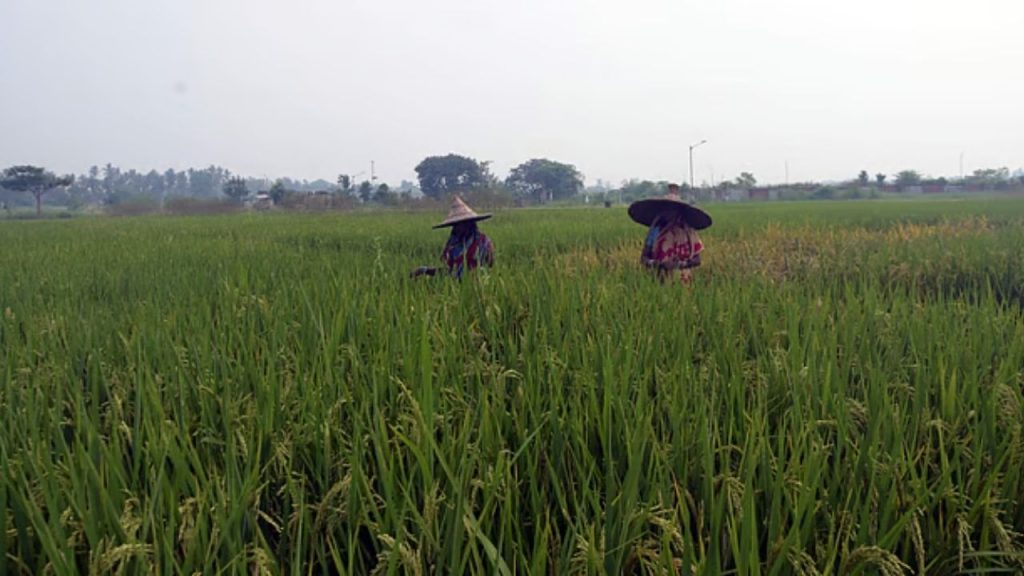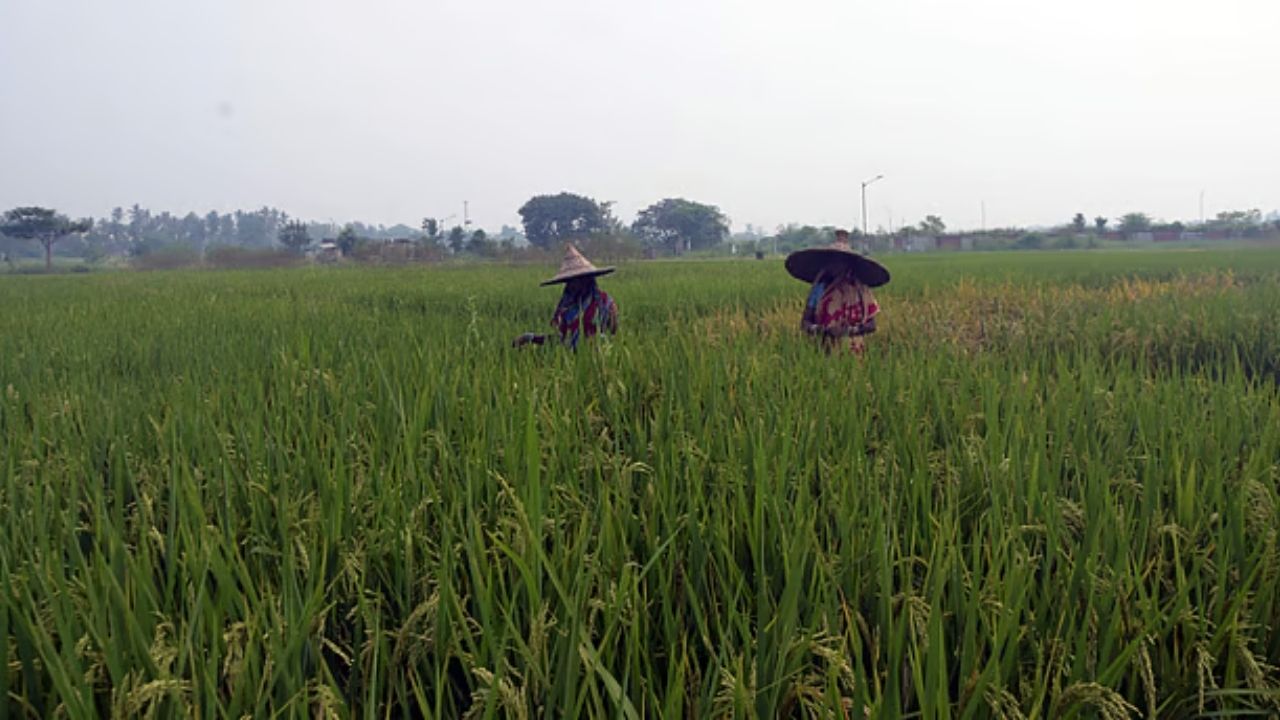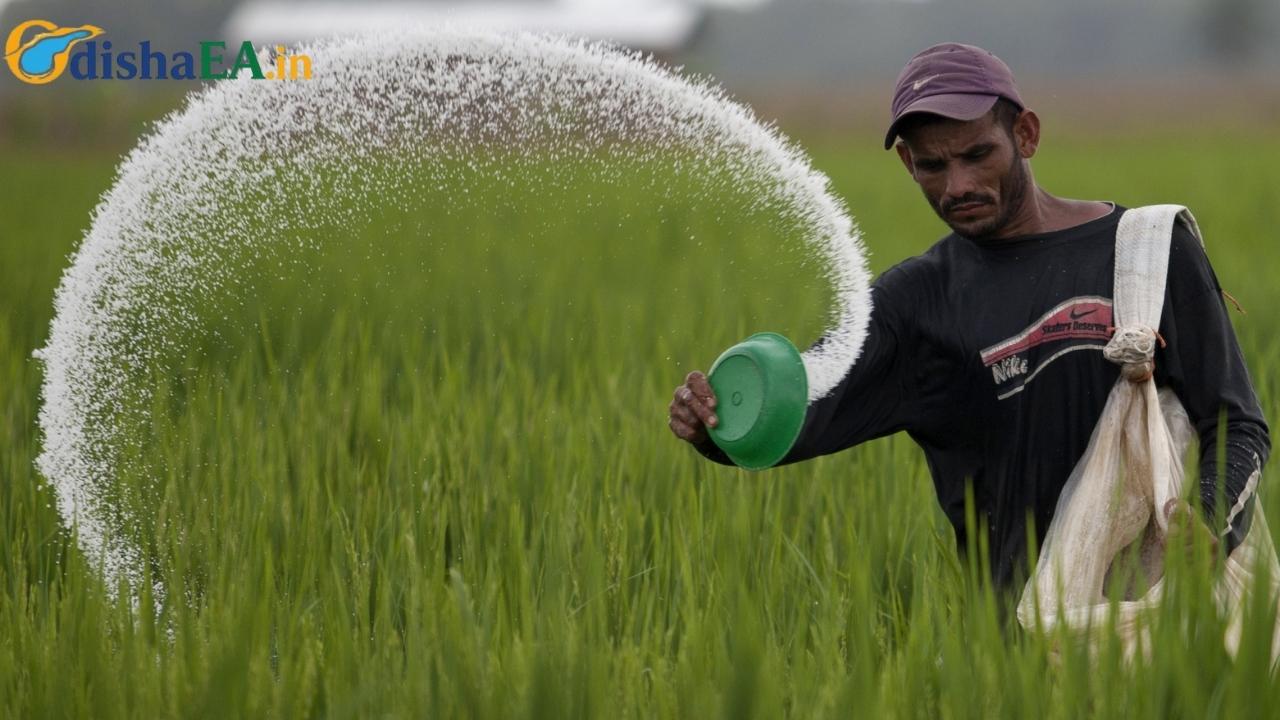Sundargarh, a district in the heart of Odisha, has recently made headlines for its impressive expansion in the cultivation of indigenous paddy. The growth, which now spans over 8,300 hectares, reflects not only an increase in farming area but also the revival of age-old agricultural traditions that have been passed down for generations. The local community, especially tribal farmers, is embracing sustainable farming practices that are rooted in the land’s history. This shift towards cultivating non-basmati indigenous rice varieties is making waves both locally and internationally, with a growing market for traditionally produced rice. Let’s explore how this agricultural revolution in Sundargarh is unfolding.

Sundargarh Witnesses Growth in Indigenous Paddy Cultivation
| Key Facts | Details |
|---|---|
| Expansion of Cultivation | 8,300 hectares now under indigenous paddy cultivation. |
| Year-on-Year Growth | Area grew from 5,300 hectares to 8,300 hectares in a year. |
| Target Areas | Expansion into Sundargarh and Tangarpali blocks. |
| Program Start Year | Began in 2023-24, with further scaling up in 2024-25. |
| Focus | Reviving traditional rice varieties and organic farming. |
| Support for Farmers | Organic farming support and market access for three years. |
| Market Potential | Focus on boosting export and local market demand. |
Source: New Indian Express
The growth of indigenous paddy cultivation in Sundargarh is not just a success story; it’s a testament to the power of community-driven, sustainable agriculture. By embracing traditional farming practices, Sundargarh is paving the way for a more resilient and eco-friendly agricultural future. The district’s journey—from a modest start to 8,300 hectares of paddy—is an inspiring example of how agriculture can be both sustainable and profitable.
Farmers are at the heart of this transformation, supported by a strong network of government initiatives and market opportunities. This expansion of indigenous rice cultivation is proving that when communities come together and embrace their agricultural heritage, the results can be extraordinary, benefiting not just local farmers but the entire economy.
The Story of Indigenous Paddy in Sundargarh
Sundargarh, a tribal-dominated region in Odisha, is experiencing a remarkable transformation in the agricultural sector. Traditionally known for its rich biodiversity and lush forests, Sundargarh’s farming community has always had a deep connection with the land. In recent years, however, the district has taken a bold step forward by reviving indigenous paddy cultivation on a large scale. This effort isn’t just about growing rice; it’s about protecting culture, fostering sustainability, and improving the livelihoods of farmers.
The growth in indigenous paddy cultivation is part of a broader initiative to bring back traditional rice varieties that are well-suited to local soil and weather conditions. These varieties have been grown for centuries, but modern farming practices had pushed them aside in favor of higher-yielding, more commercial varieties like Basmati. However, as the demand for organic and traditional foods rises globally, Sundargarh’s farmers are rediscovering the benefits of indigenous rice. The expansion of paddy cultivation to 8,300 hectares represents a key milestone in this movement, signaling a future where agriculture and sustainability go hand in hand.

Why Is Indigenous Paddy Cultivation So Important?
A Return to Roots
Indigenous paddy varieties, often referred to as non-basmati aromatic and non-aromatic rice, hold great cultural and ecological value. These rice varieties are deeply embedded in the history of Sundargarh’s tribal communities. Unlike hybrid varieties, indigenous paddy requires minimal external input, making it an environmentally friendly option. The return to these traditional farming methods helps farmers reduce their dependence on synthetic fertilizers and pesticides, promoting a healthier ecosystem.
Sustainable Farming Practices
One of the most important aspects of this growth is the shift towards organic farming. Farmers in Sundargarh are being trained and supported in organic cultivation techniques, which are not only better for the environment but also more cost-effective in the long run. This practice is proving to be a win-win situation: it enhances soil health, reduces the carbon footprint, and increases the marketability of the crops as “organic” or “chemical-free.”
For example, the Kadamba variety, one of the indigenous rice types, is gaining popularity not just in India but also internationally. It is known for its aromatic qualities and is being marketed as a premium product in various export markets. As organic farming grows, so does the demand for these local, sustainable crops.
How the Program Has Evolved
The journey of indigenous paddy cultivation in Sundargarh began with modest goals but has quickly blossomed into a large-scale movement. Here’s how the program has evolved over the years:
1. The Initial Push – 2023-24 Season
In 2023, the Odisha government introduced a pilot program to boost indigenous rice farming. Initially, 1,000 hectares across five blocks were chosen to grow indigenous varieties. The program was met with skepticism by some farmers who were accustomed to more modern methods. However, with guidance, training, and financial support, many farmers began to see the advantages of returning to traditional rice cultivation.
As the benefits of the program became evident, the initiative expanded rapidly. By the following season, 4,300 hectares were dedicated to indigenous paddy cultivation, with several more blocks brought into the fold. The transition was smooth, thanks to continuous support from the government and local agricultural agencies, who provided organic farming resources and market linkages.
3. Massive Growth – 2025-26 Season
By 2025, the project had grown to a staggering 8,300 hectares, covering key blocks like Sundargarh and Tangarpali. This vast expansion not only marked the success of the program but also signified a shift in the agricultural mindset of the region.
The increase in cultivated area shows the rising demand for these indigenous varieties, both locally and in export markets. The government’s strategy to promote organic farming has helped create a market for these rice types, with special focus on direct-to-consumer sales, local retail, and exports to countries where organic and traditional foods are in high demand
The Role of Local Farmers: A Community Approach
The heart of the indigenous paddy program lies in the farmers themselves. Sundargarh’s tribal farmers are the backbone of this movement. Their relationship with the land is intimate and based on centuries of traditional knowledge. By adopting organic farming and growing local rice varieties, they are not only preserving their cultural heritage but also reaping the rewards of a more profitable and sustainable farming model.
These farmers receive three years of support from the government, which includes subsidies for seeds, organic fertilizers, and training in best farming practices. In return, they are expected to sell their produce through market channels that emphasize organic, local, and sustainable farming. The support provided helps these farmers transition from conventional farming to organic methods, making the process smoother and more efficient.
The Impact on the Local Economy
The expansion of indigenous paddy cultivation is benefiting Sundargarh’s economy in several ways. For starters, farmers are seeing better incomes due to the high demand for organic rice. The global appetite for traditional, chemical-free food products is growing, and Sundargarh’s rice is poised to meet that demand. In addition to market access, the program is generating local employment in areas such as processing, packaging, and distribution.
Additionally, the sustainability aspect of the program is attracting attention from environmentalists and global agricultural organizations, who see it as a model for how traditional farming practices can be scaled up to meet modern demands.
Economic Growth and Job Creation
Job creation is another key benefit. By encouraging farmers to grow indigenous rice, the program is not just about producing crops but also creating support industries like processing mills, transportation, and retail. These sectors provide jobs to the local population and help stimulate the economy.
Landslide Blocks NH 520 in Odisha’s Sundargarh, Disrupts Traffic Movement
Sundargarh MCH Surgical Team Hailed as Heroes After Life-Saving Operation
FAQs
1. Why is indigenous paddy better for the environment?
Indigenous paddy is better for the environment because it requires fewer chemicals, uses water more efficiently, and supports soil health through natural farming methods. It also reduces the need for synthetic fertilizers and pesticides, which can harm the ecosystem.
2. How does organic farming increase a farmer’s income?
Organic farming can increase a farmer’s income by offering higher-quality produce that can be sold at a premium price. Additionally, organic farming is often more cost-effective in the long run because it reduces reliance on expensive chemical inputs.
3. What types of rice are grown in Sundargarh?
Sundargarh mainly grows non-basmati indigenous rice varieties such as Kadamba, which are aromatic and prized for their quality. These rice varieties are well-suited to the local climate and soil conditions.
4. How does the government support farmers in this initiative?
The government provides financial aid, training, organic farming supplies, and market access for up to three years. This support helps farmers transition smoothly to organic practices and improves their chances of success.





